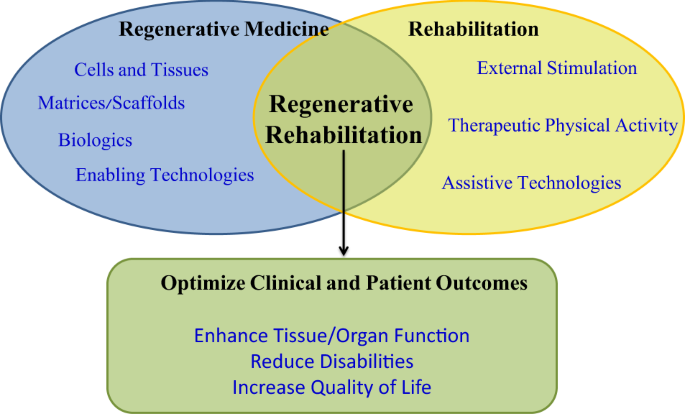Table of Contents
[/image][=video]
[/video]
There are many sorts of stem cells. As a whole, the term stem cell describes a group of cells that trigger other cells (like skin, blood, heart, and muscular tissue cells) by replicating and separating in action to chemical signs. Totipotent stem cells appear at the earliest stage of advancement and are the only stem cells which can create beginning stem cells and the placenta.
Bone marrow transplant (BMT) is a special treatment for clients with certain cancers cells or other diseases. A bone marrow transplant includes taking cells that are usually found in the bone marrow (stem cells), filtering system those cells, and providing back either to the donor (client) or to an additional person. The goal of BMT is to transfuse healthy bone marrow cells right into an individual after his or her very own undesirable bone marrow has been dealt with to kill the abnormal cells.
The blood cells that make other blood cells are called stem cells. The most primitive of the stem cells is called the pluripotent stem cell.
It is the stem cells that are needed in bone marrow transplant. The objective of a bone marrow transplant is to heal numerous diseases and types of cancer cells. When the doses of radiation treatment or radiation required to cure a cancer are so high that an individual's bone marrow stem cells will be permanently damaged or damaged by the therapy, a bone marrow transplant might be needed.
Stem Cell Therapy local to Kentwood, Michigan
This process is frequently called rescue. Replace bone marrow with genetically healthy functioning bone marrow to stop more damages from a genetic condition procedure (such as Hurler's syndrome and adrenoleukodystrophy). The dangers and benefits need to be considered in a thorough discussion with your healthcare service provider and professionals in bone marrow transplants before the treatment.
There are various types of bone marrow transplants depending on that the donor is. The various kinds of BMT include the following: The benefactor is the patient himself or herself. Stem cells are drawn from the individual either by bone marrow harvest or apheresis (a process of accumulating outer blood stem cells), frozen, and after that given back to the patient after extensive treatment.
The benefactor shares the exact same hereditary type as the client. Stem cells are taken either by bone marrow harvest or apheresis from a genetically matched contributor, typically a bro or sis. Other contributors for allogeneic bone marrow transplants might include the following: A haploid-identical suit is when the donor is a moms and dad and the hereditary match is at least half similar to the recipient.

Matching includes typing human leukocyte antigen (HLA) cells. The antigens on the surface area of these special white blood cells determine the hereditary make-up of an individual's body immune system. There go to least 100 HLA antigens; however, it is believed that there are a few major antigens that identify whether a benefactor and recipient suit.
Clinical study is still exploring the role all antigens play in the process of a bone marrow transplant. The more antigens that match, the better the engraftment of contributed marrow. Engraftment of the stem cells occurs when the given away cells make their way to the marrow and begin making new blood cells.
Menopause Treatment
All people work with each other to offer the ideal opportunity for a successful transplant. The group is composed of the following: Health care companies that specialize in oncology, hematology, immunology, and bone marrow hair transplant.
Professionals that will certainly aid you meet your nutritional requirements prior to and after the transplant. Several various other group participants will certainly review you prior to hair transplant and will certainly provide follow-up care as needed.

A total medical history and physical examination are performed, consisting of numerous tests to examine the patient's blood and organ features (for instance, heart, kidney, liver, and lungs). A patient will certainly commonly enter into the transplant center up to 10 days prior to transplant for hydration, evaluation, placement of the main venous line, and other prep work.
For an allogeneic transplant, an ideal (cells keyed in and matched) benefactor has to be readily available. Voluntary marrow contributors are signed up in several national and international registries.
Benefactor sources offered consist of: self, brother or sister, parent or loved one, nonrelated person, or umbilical cable from a related or nonrelated person. There are nationwide and worldwide computer system registries for nonrelated individuals and cable blood. Some relative may be typed as a result of the desire to assist. These family members might or might not choose to have their kind signed up for usage with other recipients.
Stem Cell Therapy around Kentwood, Michigan
Examinations associated with his or her health, direct exposure to infections, and genetic evaluation will be done to identify the extent of the match. The contributor will be given directions on how a bone marrow contribution will certainly be made. When a suit for a person requiring a bone marrow transplant is located, after that stem cells will be gathered either by a bone marrow harvest.
Or by an outer blood stem cell collection. This is where stem cells are accumulated from the circulating cells in the blood. Of both, peripheral blood stem cell contributions are now extra usual. Cord blood has actually currently been collected at the time of a birth and kept for later use.
Navigation
Latest Posts
Stem Cell Therapy servicing Kentwood
Perimenopause Treatment
Perimenopause Treatment